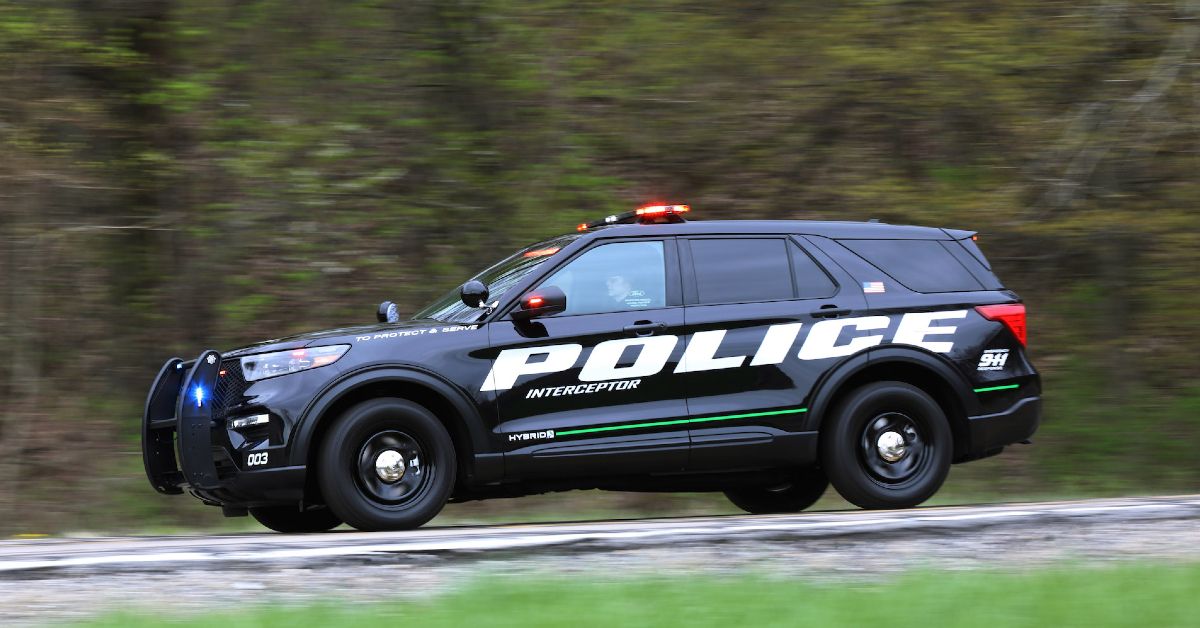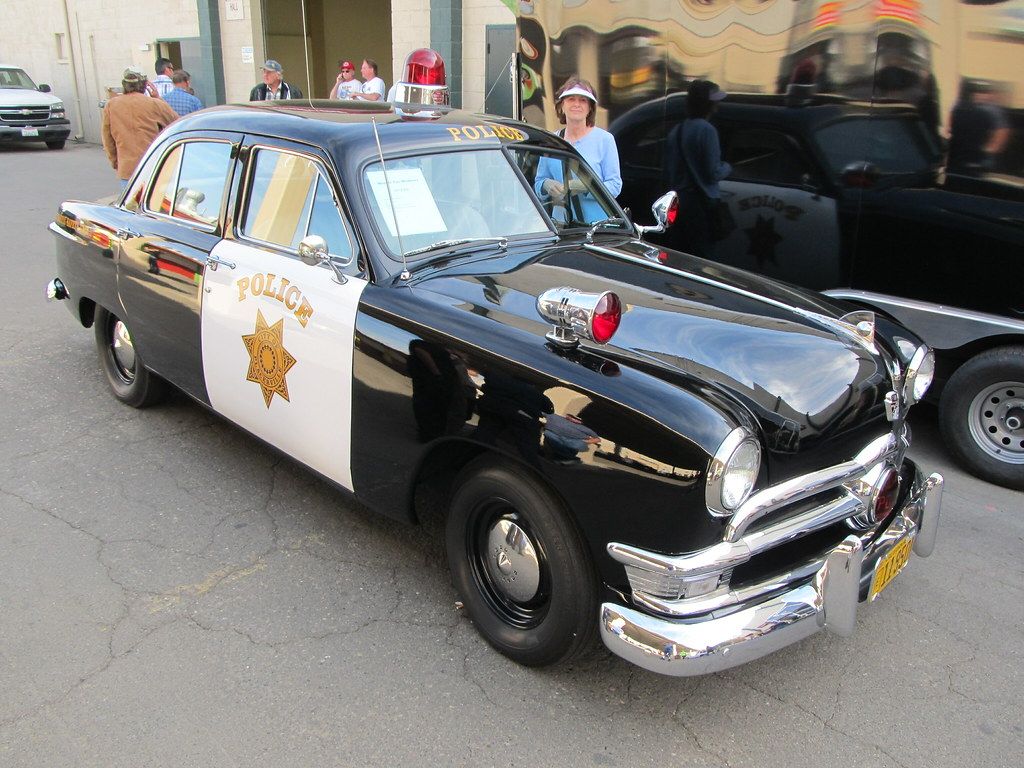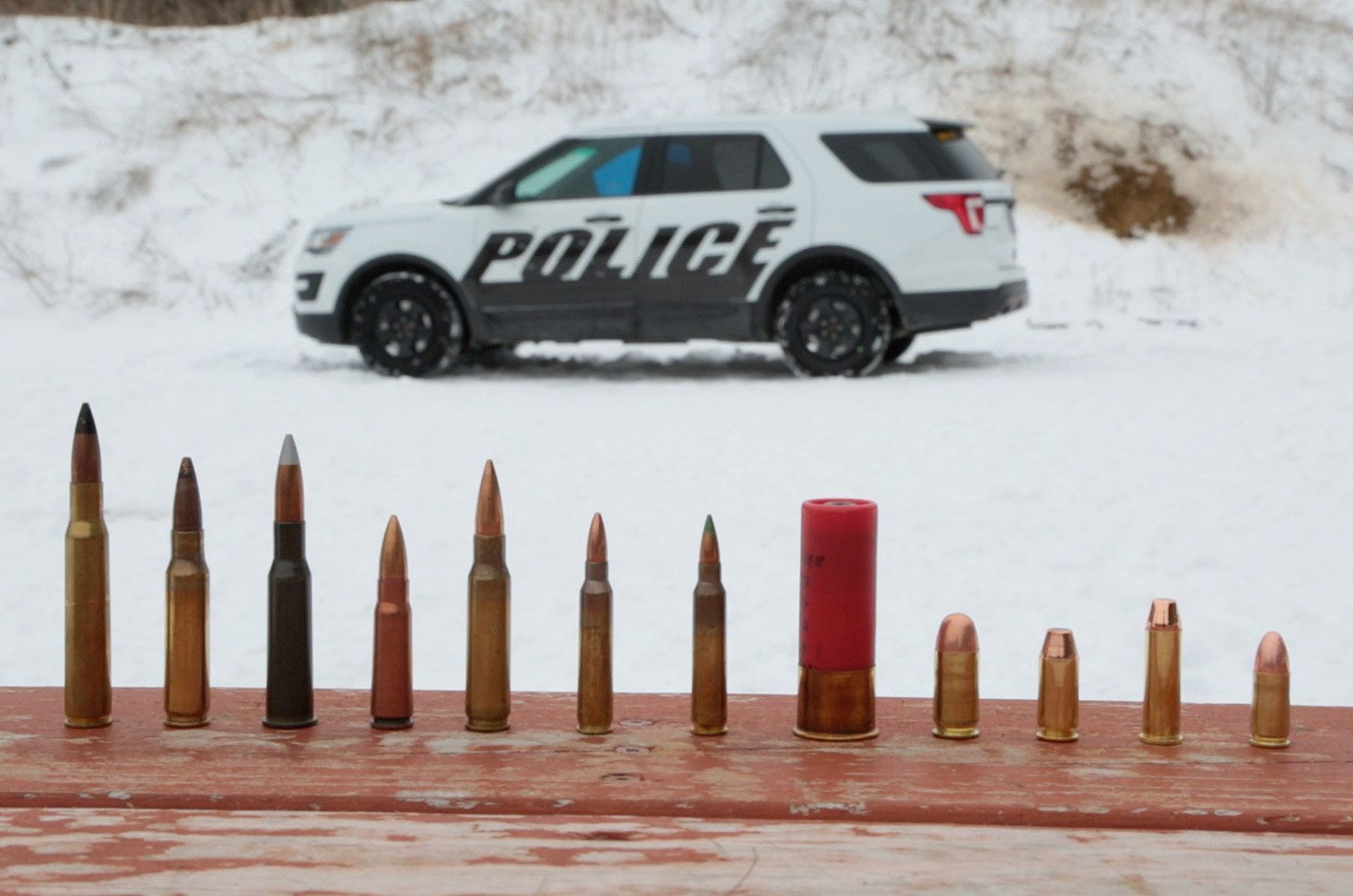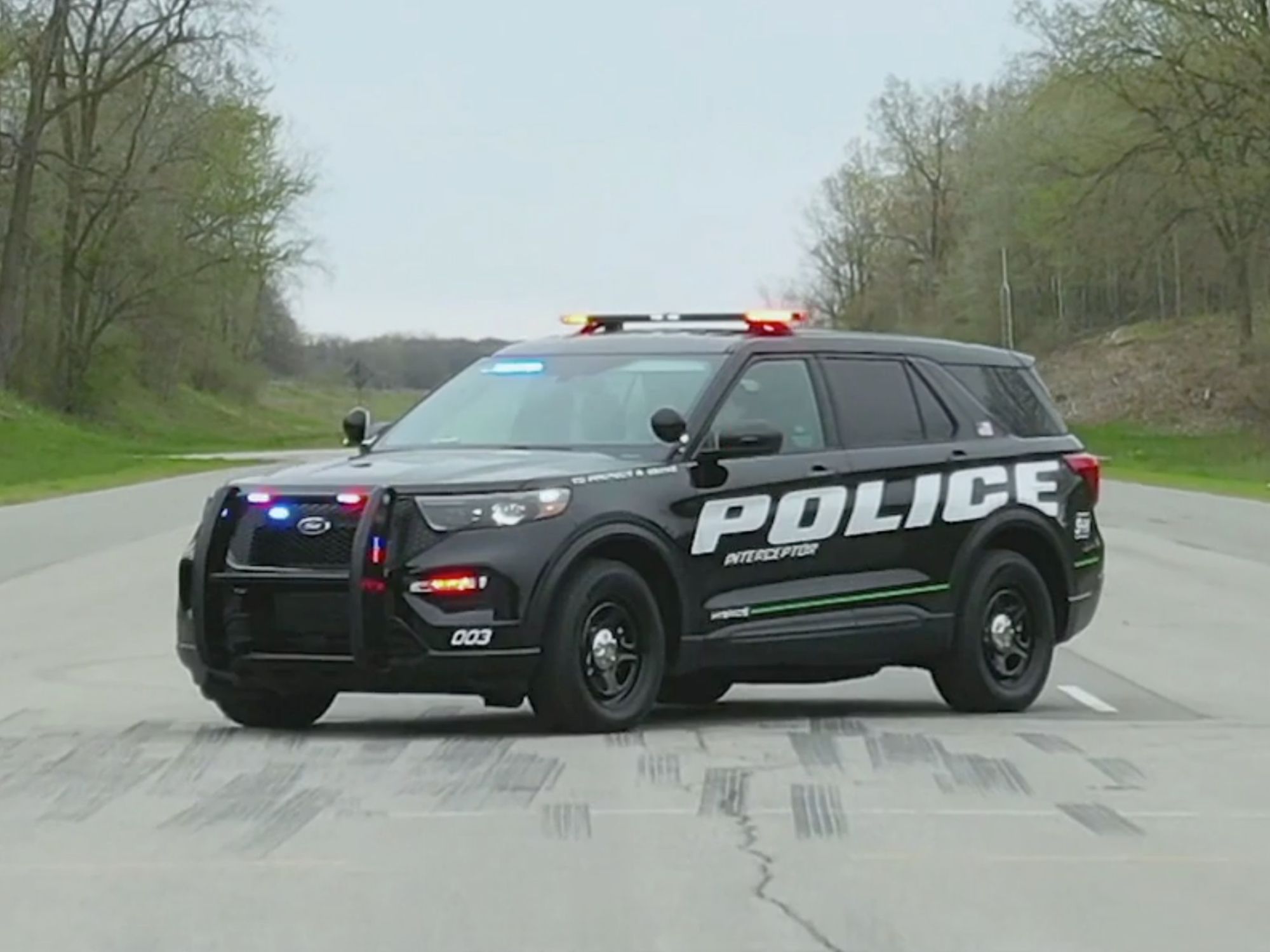Police vehicles have been helping law-enforcement officers keep the streets safe for more than one hundred years. Historians claim the first police vehicle was an electric-powered wagon used in Akron, Ohio, in 1899.
Early police cars were implemented more as a money-saving measure than as pursuit vehicles. A single officer with a police car and radio could cover the same zone previously requiring several officers to patrol.
Law enforcement vehicles evolved, becoming more powerful and better equipped to pursue criminals who used faster and higher-performance cars for criminal activities.
The first rudimentary police cars were distinguished from regular cars mostly by markings. After WWI, car manufacturers began offering vehicles to police departments equipped with “police packages.” Law enforcement agencies also modified their vehicles with their own equipment after purchase.
Bulletproof vehicles have been around for a long time. Armored Motor Car Company (AMC) built the first American armored vehicle in 1915, but manufacturers didn't offer police armor until the twenty-first century.
Ford began making police cars with factory-installed ballistic door panels in 2008. But the bulletproofing only provided protection for handgun fire and non-armor piercing bullets.
Ford’s latest police vehicles provide much more protection. Here is how the bulletproof Ford Interceptor became the ultimate police vehicle.
Ballistic Protection Fundamentals
According to Aurum Security, “Ballistics is the science that studies material behavior under stress generated by the impact of projectiles, such as bullets or shrapnel, at high speeds. This provides a basis for systematization and development of certified protection materials for armored vehicles and involves extensive testing and research.”
Armor, or protection material, is rated for specific threats or the ability to stop multiple rounds traveling at a particular velocity.
The National Institute of Justice (NIJ Standard) metrics are used to describe the rating. The system has been in place for years and is still used by most agencies and manufacturers, despite lacking considerations for more modern rounds currently in use.
The NIJ rating scale climbs from Level IIA up to Level IV. Levels IIA and II ballistic protection are adequate for common handgun threats, while Level III armor can protect against some rifles. Level IV armor is designed to protect against armor-piercing rifle threats.
Applying armor to any vehicle is done by zones. As more zones are protected, and materials with increased protection ratings are installed, the armor gets bulkier, heavier, and more expensive. The additional weight can have a significant impact on the car’s performance.
To maintain even a respectable baseline of performance with an armor-laden vehicle, the suspension, brakes, and engine require enhancements. Some hinges and structural members that support heavier doors many need strengthening.
Armoring the exterior:
Doors and pillars might be armored, depending on the level of protection required, with a ballistic Kevlar and nylon (like the material used in bulletproof vests), steel plates, or a combination of both.
If resistance to handgun fire only is desired, polymer or synthetic fabrics like Kevlar and Dyneema may be wrapped around the passenger compartment. If rifle fire protection is needed, Ultra-high-molecular-weight polyethylene (UHMWPE) or the always reliable steel must be installed.
Engine:
The engine’s bulk is often considered part of the protection and is expected to stop rounds fired toward the vehicle’s front.
However, the engine, electrical systems, fluid reservoirs, radiator, and gas tank are all vulnerable and require protection to continue operating under some attack conditions.
Windows and windshield:
Automobile original equipment manufacturers (OEM) require vehicle windows to be made with safety glass and the windshield made with an additional lamination process to protect passengers. However, factory glass provides almost no protection against handgun rounds, rifle rounds, and shotgun slugs.
Composite polycarbonates are often used for bulletproofing, a portion of polycarbonate inserted between standard pieces of auto glass.
Tires:
Tires are perhaps the most vulnerable elements in a vehicle’s motion mechanism and therefore, an obvious target.
In the movies, shooting and puncturing tires is a common technique used by both the good guys and the bad guys to bring a vehicle to a stop.
On big, expensive armored vehicles, an onboard tire pressure control and the sealing system keep the vehicle moving. Smaller vehicles can use run-flat tires rated for their vehicle’s curb weight, to continue rolling after a puncture for about 50 miles at modest speeds of 25-30 mph.
Ford’s Long History Of Cop Cars
Ford began building police cars in 1950 and has remained a leader in the law enforcement vehicle segment for more than seven decades. Over the years, perhaps four new vehicle introductions (before the 2020 Interceptors) mark the most significant and innovative milestones to today’s sophisticated high-technology police car.
In 1971, Ford introduced a police-package-enabled Galaxie equipped with a 7.0-liter V8. Both the New York Police Department and the California Highway Patrol ordered the vehicles to meet their high-speed pursuit requirements.
In 1982, Ford improved on the Galaxie when the company launched the first police-issue Mustang SSP. Even faster than its predecessor, the Mustang was fitted with a high-output, 5.0-liter V8 and equipped with front disk brakes and heavy-duty stabilizers for improved handling at pursuit speeds.
Although the Crown Victoria police vehicle was introduced in 1983, it really took off with the extraordinarily successful P71 Police Interceptor in 1998. Despite its acceptable pursuit power of 250 hp, Ford discontinued the model in 2011.
The year 2013 marked Ford’s launch of the Interceptor and Interceptor Utility. Equipped with a twin-turbocharged V6 delivering power to an all-wheel-drive system, both vehicles were built to withstand a rear impact at 75 mph.
Ford’s Enhanced Bulletproofing For Police Cars
In recent years, police departments have been seeking improvements to their vehicles to provide better protection from assaults. Police typically crouch behind their car doors and use them as shields during a police shootout or high-risk traffic stops. More often than in past years, assailants are using high-powered or assault rifles with rounds capable of penetrating car doors.
In 2016 Ford Motor upgraded the protection in its police cruiser doors to defend against armor-piercing bullets. The added safeguard was achieved by creating two layers of protection, composed of ceramic tiles and a bullet-stopping Kevlar-type material.
The modification presented an engineering design challenge due to the limited room for panels in the doors and the added weight. Ford tested door hinge durability by subjecting the doors to more than 100,000 opening and closing cycles.
2020 Ford Police Interceptor Utility Hybrid
The bulletproof Ford Interceptor Utility is the ultimate police vehicle, but not just for its exceptional ballistic protection features. With its hybrid powertrain, the law-enforcement vehicle delivers better fuel mileage and reduced emissions than its competition.
Powered by a 285-horsepower naturally aspirated V6 and a 44-horsepower electric motor, producing a total output of 318 hp coupled to a 10-speed automatic transmission, the Interceptor is an able adversary in a criminal pursuit.
However, while high-speed chases receive the most public attention, police vehicles spend most of their time at low speeds or idling while officers perform routine duties like civilian motorist assistance, speed enforcement, traffic control, and writing reports. These periods swell fuel expenses and add massive run time to the vehicle's hour meter.
The Interceptor Utility Hybrid continues a Ford tradition of providing outstanding police vehicles and keeping the streets safe.
Sources: motorandwheels.com, securitytoday.com, thedrive.com, motorandwheels.com





